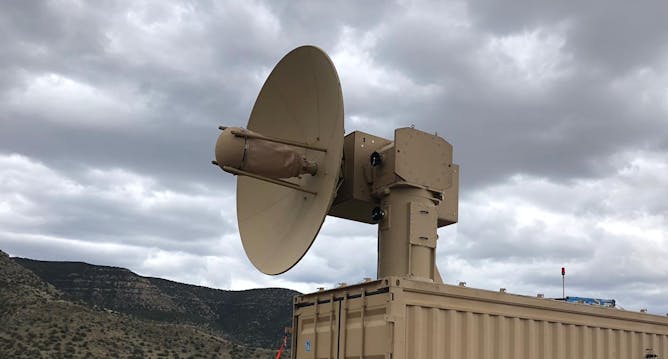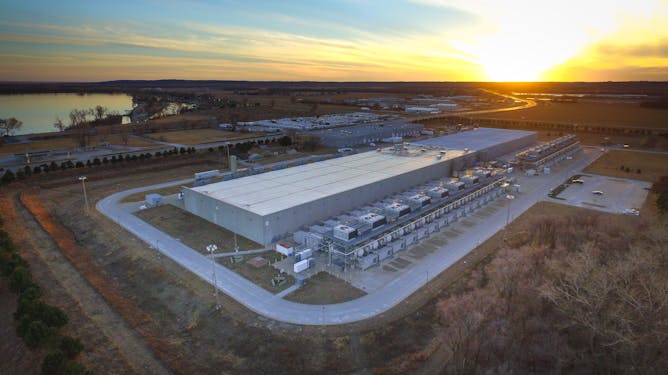|
As our expert authors pointed out earlier this month, the emergence of more rapid tests for COVID-19 is a great step toward containing the pandemic’s spread, but the volume of tests is still not enough. Researchers at Penn State, however, say there is a helpful low-tech tool to screen for COVID-19: your sense of smell. They explain how your morning coffee can help guide people and, along the way, they describe how this disease can lead to anosmia, or the inability to smell.
You may have heard of a mystery ailment affecting U.S. embassy staff in Cuba, Russia and China and a recent report from the National Academies concluding that the most plausible cause was high-power microwave energy pulses. A researcher who traveled to the Soviet Union after its collapse to investigate microwave weapons provides the backstory on how they were developed and how they work.
Also this week: a way to feed farmed fish sustainably with microalgae, why artificial intelligence has a bigger energy footprint than standard-fare internet traffic and the dangers of toxic water from the combination of plastic pipes and wildfires.
|

Suddenly unable to smell your morning coffee? You likely have COVID-19.
Kseniya Ovchinnikova/Moment via Getty Images
John E. Hayes, Penn State; Cara Exten, Penn State
COVID-19 patients often lose their sense of smell and taste. This is rare for a viral infection. At-home smell tests could be used as a screening tool and help slow the spread of the coronavirus.
|

This U.S. Air Force microwave weapon is designed to knock down drones by frying their electronics.
AFRL Directed Energy Directorate
Edl Schamiloglu, University of New Mexico
High-power microwave weapons are useful for disabling electronics. They might also be behind the ailments suffered by US diplomats and CIA agents in Cuba and China.
|

Data centers like this Google facility in Iowa use copious amounts of electricity.
Chad Davis/Flickr
Kate Saenko, Boston University
Training neural networks burns through a lot of energy. As the AI field grows, it's working to keep its carbon foot print from growing with it.
|